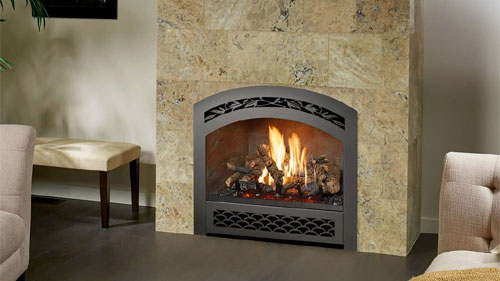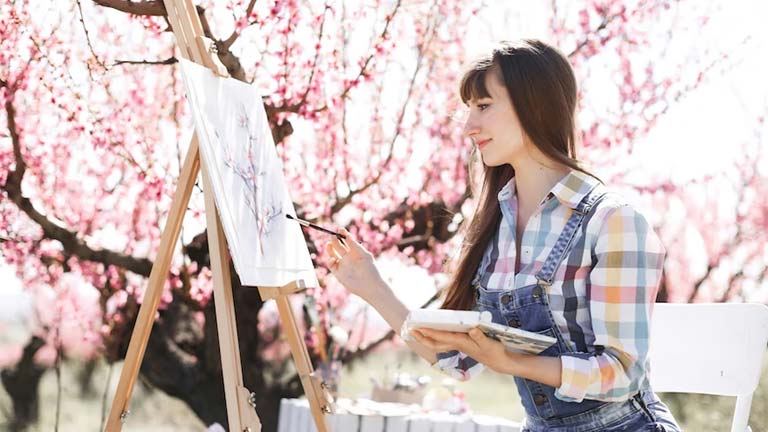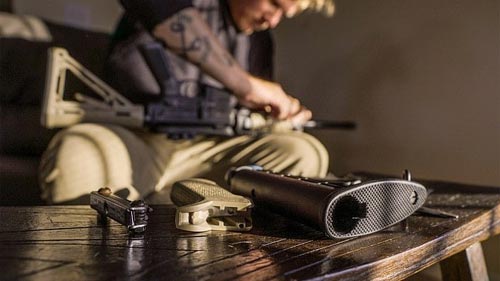 When designing just about anything, especially the interior, there must already be a certain structure and template we are designing into. Guidelines as to what to make the room into, what it will look like, and certainly what it will feel like are the driving force in our decisions in materials, shapes, and colors. generally, whatever we pick up through our senses – smell, sight, noise – is what will live an impression on our mind about the space.
When designing just about anything, especially the interior, there must already be a certain structure and template we are designing into. Guidelines as to what to make the room into, what it will look like, and certainly what it will feel like are the driving force in our decisions in materials, shapes, and colors. generally, whatever we pick up through our senses – smell, sight, noise – is what will live an impression on our mind about the space.
So let’s talk about color: the one element that can instantly give off a room’s vibe when we only have a chance to look at a space quickly. Color has a great connection with the psychology of the inhabitants – towards mood and emotions. For example, when you enter a room, whether you realize it or not, you will know instantly the feeling or the room’s atmosphere and how you feel towards it. Does the room make you happy? Does it make you sad? Does it excite or calm you down? All these can be the effects of a certain dominant color in the room.
Let’s see our summary of the psychology of color so that we can better showcase, expect, and anticipate what we might be feeling towards space!
1. Blue – Tranquility, and Dependability.
Blue is such a universal color that a lot of people like and welcome it. Light blue usually gives off a calming and relaxing vibe, so it is the color of tranquility. The bolder blue is usually used for branding or logo like those of Facebook, Ford, and Jetblue. It is a color that shows off loyalty and dependability. Regardless of which shade of blue it is, many types of research have shown that the color blue in an interior can amp up concentration, stimulate thoughts and confidence, altogether making a person become more productive.
2. Green – Freshness and Prosperity
Psychologically, green is a symbol of balance, growth, and new beginnings. It is clear that from having green plants in an interior, the space will feel a lot fresher. This is where the association with prosperity comes from – because greens naturally show off life, growth, and nurture. Overall it makes a certain space fresher and more harmonious, which translates to an emotion that is balanced.
3. Red – Aggression and Affection
The color red is often associated with energy, passion, and action. In many cultures, it is a symbol of courage and power because of its bold character. Whereas blue makes us concentrate better on creative tasks such as drawing, red also aids our concentration in focus-oriented tasks, such as maths, numbers, and repetition. Many might think that red is too overwhelming to be put as a wall color, but a darker shade of red can make an interior look classy and luxurious.
4. Yellow – Cheer and Overstimulation
Yellow is a cheerful color – yes, it gives off such a happy mood just because it is such a bright color. This stimulus is often associated with high imagination, enlightenment, and happy moments or memories, so let’s call it the color of positivity!




